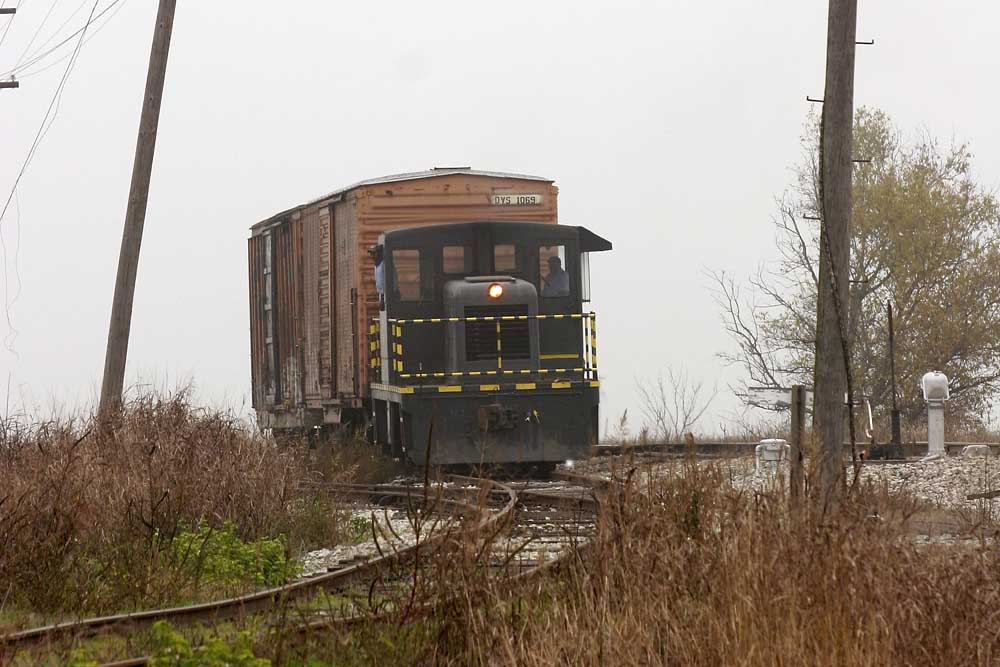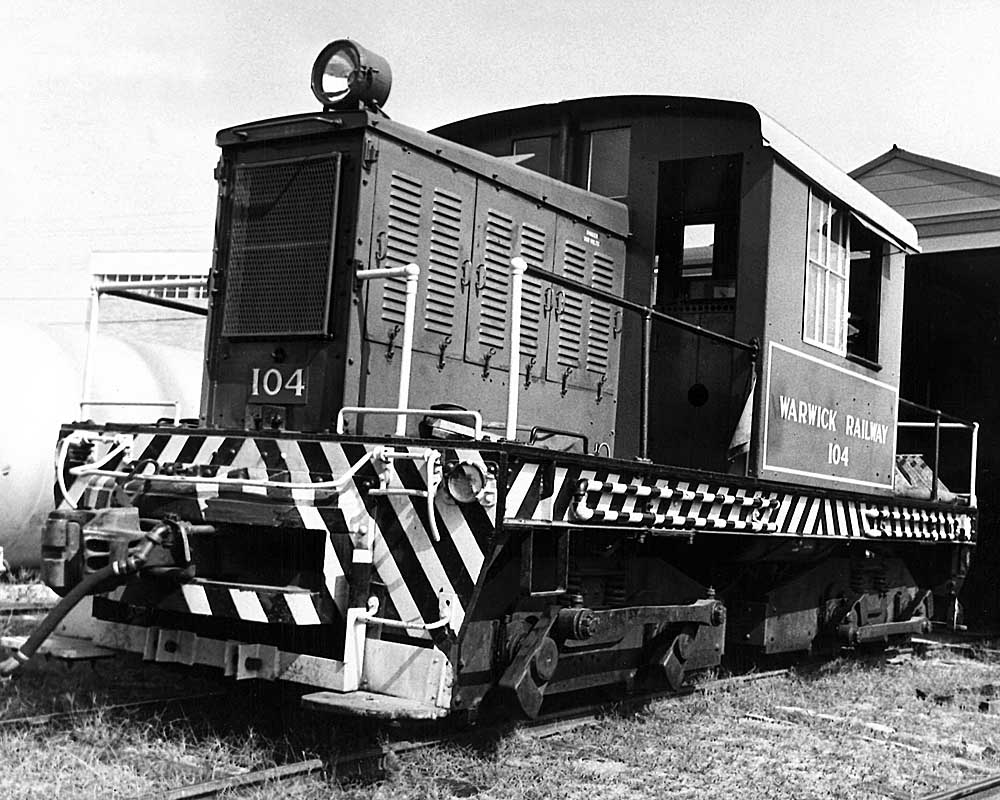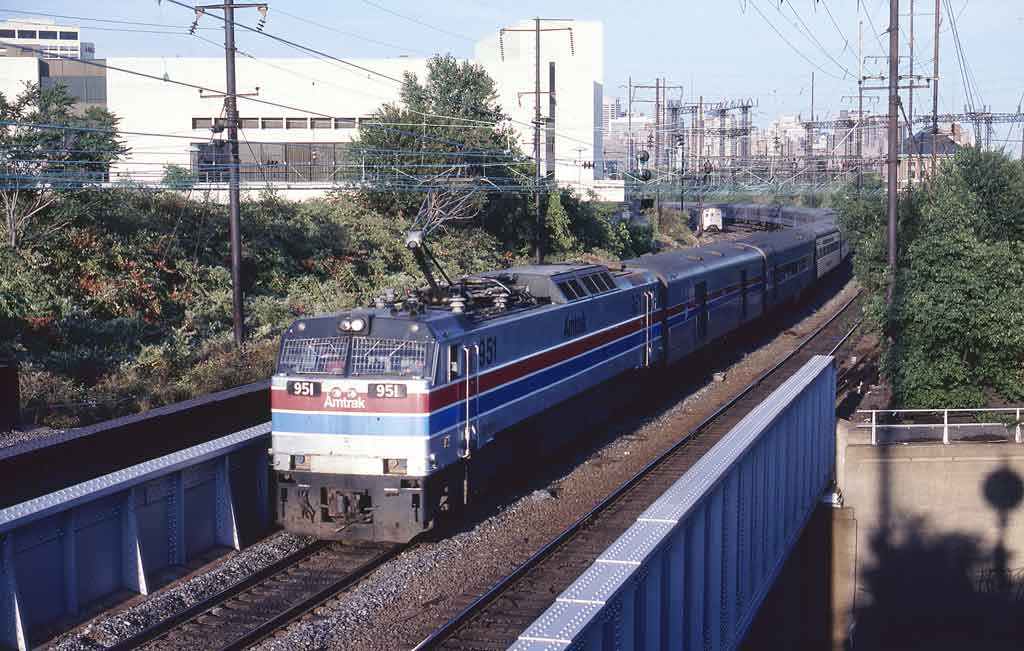The smallest operating railroads were often born of simple economic necessity. Railroad fever gripped the U.S. in the 19th century and every town wanted to be connected. The only problem was that not every town was on the way to somewhere else. This led to several small railroads being built, often just a few miles long, to make sure that each town had its railroad connection to the broader economy.
Delta Valley & Southern: DVS
The railroad operated from a connection with St. Louis-San Francisco Railway at Delpro, Ark., to Elkins. The line built in 1887 as a logging railroad and later became part of the Frisco. It was spun off as an 18.1-mile branch to become the Delta Valley Southern in 1934. Most of the route was abandoned in 1947, leaving its main line at just 2 miles. At that time, it hauled mainly agricultural commodities and manufactured goods. In the mid-1990s, it operated with a 45-ton GE centercab No. 50 and the road had 223 boxcars on its roster. It survives in the 21st century, now interchanging with BNSF Railway.

Moshassuck Valley: MV
The railroad operated from a connection with Penn Central and Providence & Worcester at Woodland, R.I., to Saylesville. It was incorporated in June 1874 and opened for service in January 1877. Commodities hauled included flour, pulp, waste, and manufactured goods. “Waste” is an interesting notation as retired railroader Chris Burger remembers, “its principal cargo was horse manure from the Narragansett Race Track.” The line is operated today by Providence & Worcester.
Southern San Luis Valley: SSLV
The railroad operated from a connection with the Denver & Rio Grande Western at Blanca, Colo. Traffic consisted of farm produce and fertilizer. It was incorporated as the San Luis Valley Southern Railway in 1909 and opened a 31.5-mile line to the New Mexico state line in 1910. The named was changed in 1953.
Virginia Central: VC
The railroad operated from a connection with the Richmond, Fredericksburg & Potomac at Fredericksburg, Va. Traffic consisted of fertilizer, food products, lumber, and general commodities. It was chartered as the 5-foot-gauge Fredericksburg & Gordonsville Railroad in 1853. It was reorganized as the Orange & Fredericksburg Railroad in 1925 and regauged and renamed in 1926. It was purchased by the City of Fredericksburg in 1967. In later years, it was famous for its green 50-foot boxcar fleet.
Warwick: WRWK
The railroad operated from a connection with the Penn Central at Auburn, R.I. Traffic consisted of chemicals, clay, and plastic. It was built as the New York, Providence & Boston in 1884 to Oakland Beach. It was later electrified and operated as the United Electric Railways Co. The Warwick Railway Co. was incorporated in 1949 to purchase the assets of the electric operation, which ended in 1952. Retired railroader Chris Burger observed the railroad during his college years in Rhode Island in the 1960s and recalls, “I remember it as a one-man operation using a 1920s-era GE gas-electric locomotive, No. 101.”














How appropriate that two of the five smallest RRs were in the US’ smallest state!